New anti-corrosion coating increases the economic life and durability of steel machinery.



Bad Neuenahr-Ahrweiler 21/12/2021. The power plant of technical service providers Faber Infrastructure and YESSS Elektro illuminates St. Pius Church and supplies two construction planning office containers with environment-friendly solar power. This is where the consulting engineers of the Ahr Valley Cooperation prepare their damage surveys for the residents affected by the flood disaster in Rhineland-Palatinate’s Ahr Valley – strictly on a cost-covering basis and not for profit.
See also: Economic losses from weather extremes amplify each other.
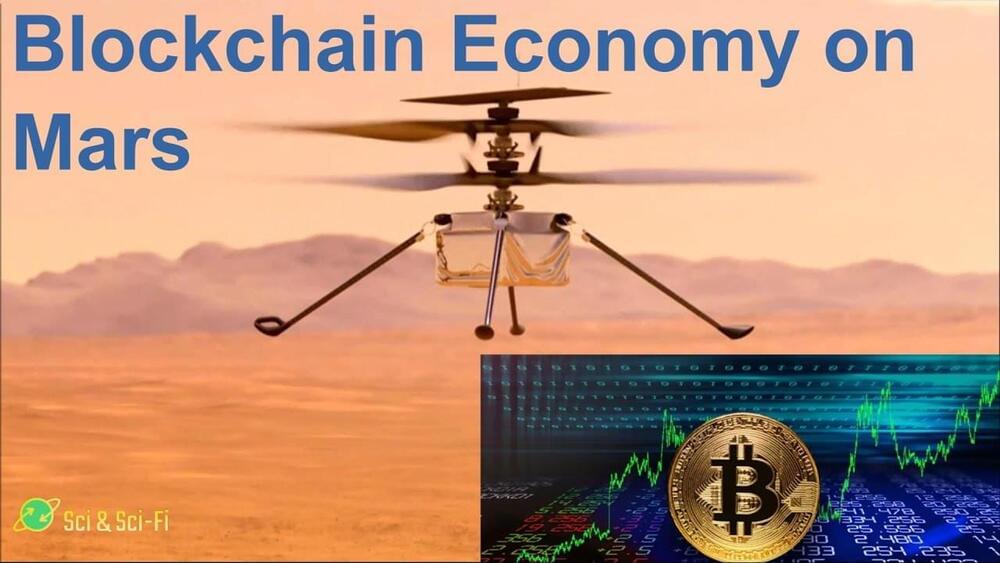
Blockchain Technology on Mars.
Can a Mars economy be established on top of Blockchain Technologies?
In this youtube we’ll review the basic principles of Blockchain Technologies, and how they can be applied on another planet.
Mars is an isolated planet, with travel time of ~ 6 month and communication time of 5 – 20 minutes to Earth. Sometimes, when the Sun is between Earth and Mars communication can’t be established without a relay station, which may slow communication even further.
The initial settlements on Mars will have a small number of people when compared to Earth. So, Mars can’t effort to have a financial and legal system similar to Earth. Those system must be cheaper, faster and more efficient to operate.
Can a Mars economy be established on Blockchain Technologies?
In this presentation we’ll review the basic principles of Blockchain Technology. Something that can benefit the financial status of this channel’s viewers right here on Earth.
Then we’ll explore what are the challenged of using this revolutionary technology on Mars rather then on Earth.
Ways to support my channel:
Buy my book Escape Velocity: https://www.amazon.com/gp/product/B072NWFWPR
My Amazon Author page: http://amazon.com/author/ronfriedman.
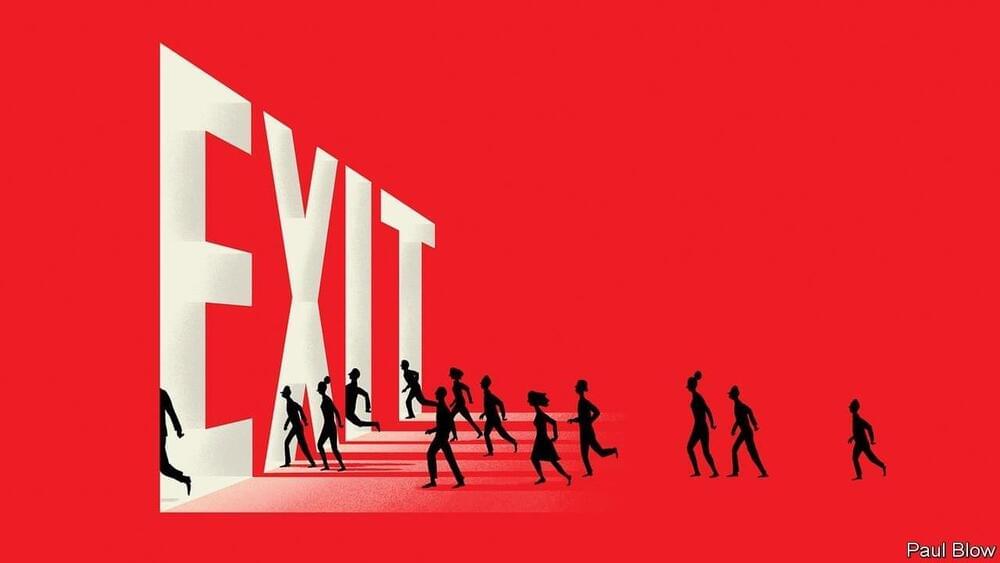
Some of the churn is transitory. It was hard to act on pent-up job dissatisfaction while economies were in free fall, so there is a post-pandemic backlog of job switches to clear. And more quitting now is not the same as sustained job-hopping later. As Melissa Swift of Mercer, a consultancy, notes, white-collar workers in search of higher purpose will choose a new employer carefully and stay longer.
But there is also reason to believe that higher rates of churn are here to stay. The prevalence of remote working means that more roles are plausible options for more jobseekers. And the pandemic has driven home the precariousness of life at the bottom of the income ladder. Resignation rates are highest in industries, like hospitality, that are full of low-wage workers who have lots of potentially risky face-to-face contact with colleagues and customers.
One conventional solution—identifying a few star performers and bunging them extra money—is not a retention strategy if large chunks of the workforce are thinking differently about their jobs. What should managers be doing?

Tang Jie, the Tsinghua University professor leading the Wu Dao project, said in a recent interview that the group built an even bigger, 100 trillion-parameter model in June, though it has not trained it to “convergence,” the point at which the model stops improving. “We just wanted to prove that we have the ability to do that,” Tang said.
Ironically, China is a competitor that the United States abetted. It’s well known that the U.S. consumer market fed China’s export engine, itself outfitted with U.S. machines, and led to the fastest-growing economy in the world since the 1980s. What’s less well-known is how a handful of technology companies transferred the know-how and trained the experts now giving the United States a run for its money in AI.
Blame Bill Gates, for one. In 1992, Gates led Microsoft into China’s fledgling software market. Six years later, he established Microsoft Research Asia, the company’s largest basic and applied computer-research institute outside the United States. People from that organization have gone on to found or lead many of China’s top technology institutions.
China is a competitor that the United States abetted. A handful of U.S. tech companies transferred their know-how and trained some of China’s top AI experts.
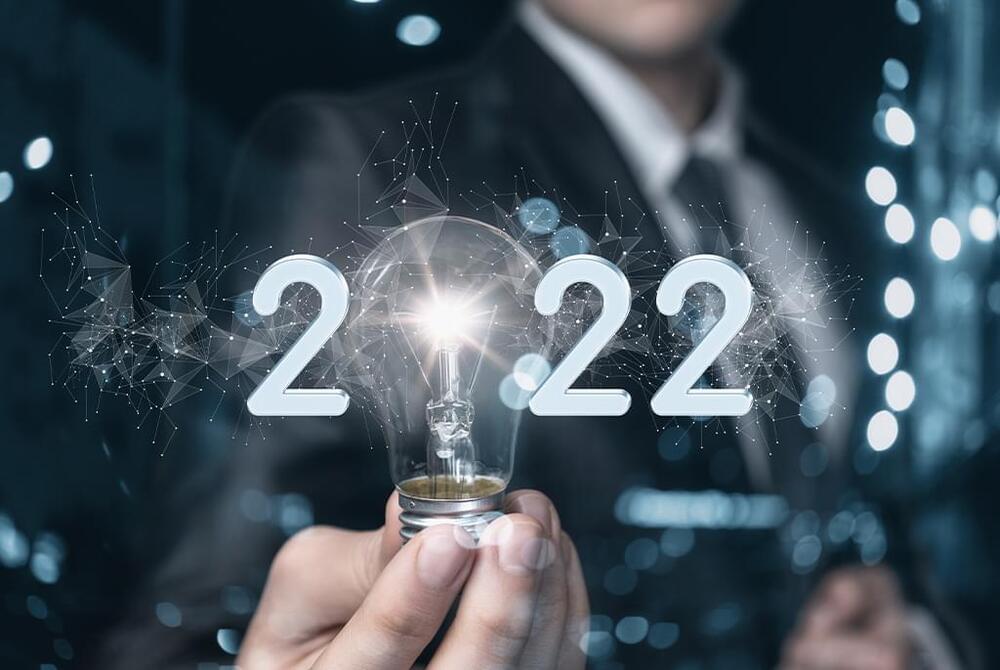
As we close out 2021 and ring in what we hope to be a bright and fulfilling year, it’s time to reflect on the trends that will likely shape the months that lie ahead of us. We live in a world experiencing major transformations and exponential trends, and we’re likely to see significant developments in the new year.
So what might those changes be? Here are a few of my predictions:
COVID slides into the background.
Just as we were expecting the pandemic to fade away and become endemic, the Omicron strain surprised us yet again with a large number of mutations, increased virality and an ability to land the unvaccinated in hospitals. The fact that it hit right around the holiday season, causing thousands of flight cancellations and millions of upended plans, made its psychological impact even worse. But, on the positive side, this too shall pass. Successive mutations will likely become less deadly and eventually go the way of every other pandemic. Perhaps Omicron itself is the last major mutation. Time will tell, but it is likely that we see the end of COVID as an economy-stopping phenomenon by the end of 2022.
Full Story:

This year, billionaire CEO Elon Musk reached several milestones across Tesla, SpaceX and Starlink. WSJ reporters Rebecca Elliott and Micah Maidenberg break down some of his biggest moments in 2021 and what’s to come in 2022. Illustration: Tom Grillo.
In-Depth Features.
A global look at the economic and cultural forces shaping our world.
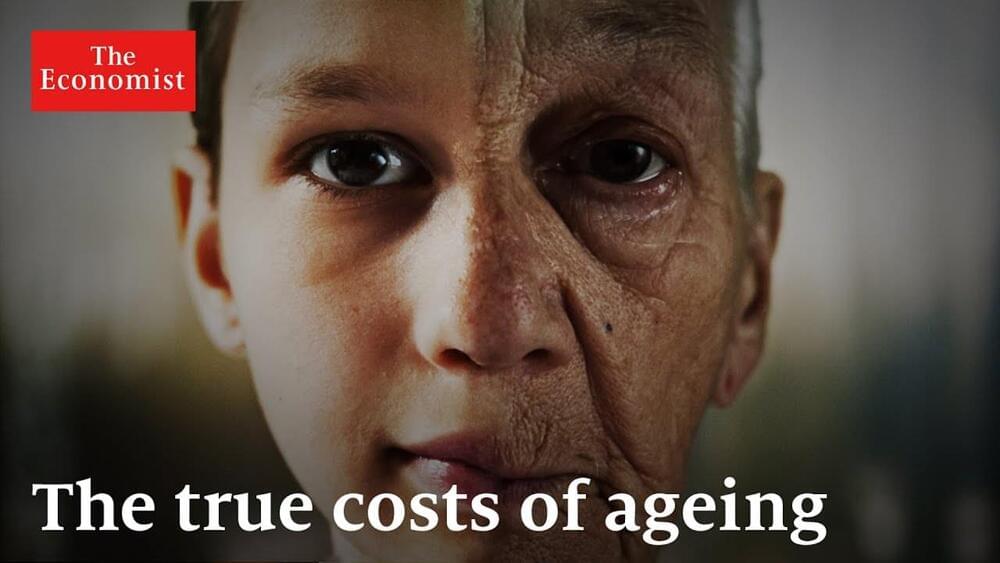
The rich world is ageing fast. How can societies afford the looming costs of caring for their growing elderly populations? film supported by @Mission Winnow.
00:00 The wealthy world is ageing.
01:17 Japan’s elderly population.
02:11 The problems of an ageing world.
04:01 Reinventing old age.
05:48 Unlocking the potential of older years.
07:09 Reforming social care.
08:20 A community-based approach.
11:08 A fundamental shift is needed.
Read our special report on ageing and the economics of longevity here: https://econ.st/3EwnCV3
Sign up to The Economist’s daily newsletter to keep up to date with our latest stories: https://econ.st/3gJBH8D
Getting to grips with longevity: https://econ.st/3DBJU6k.
A small Japanese city shrinks with dignity: https://econ.st/3dBDgT2
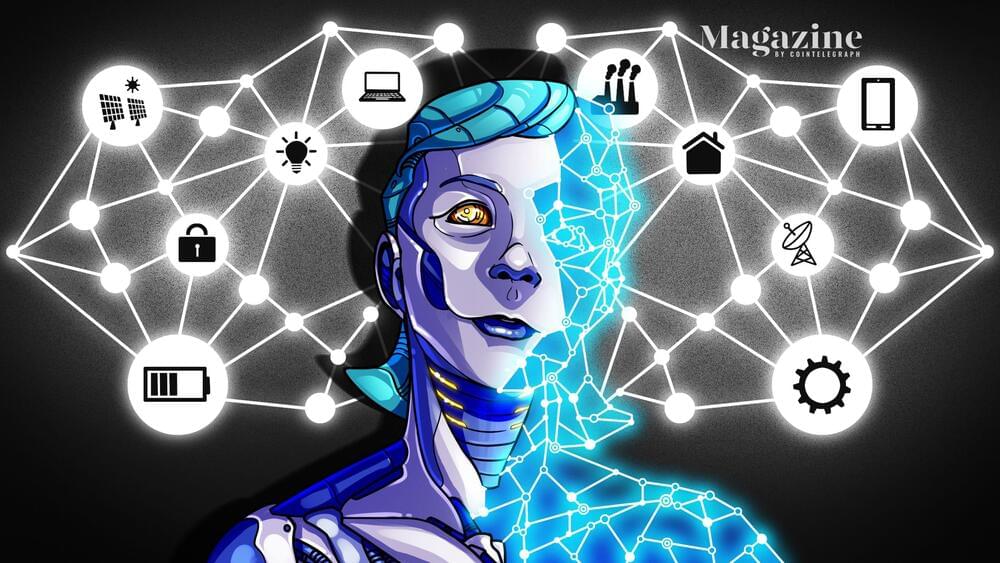
Trivergence is starting to affect every industry. In financial services, the wallet has become a smart app that can collect data and learn. On a blockchain, users can exchange, save, borrow, invest and protect this digital money peer-to-peer without the intermediation of banks. In manufacturing, 3D printers are manufacturing aircraft parts in a Boeing facility with a blockchain network facilitating all the patented files, contracting and payments peer-to-peer. Telecommunications companies are no longer negotiating complex, costly and ever-changing roaming agreements, but using blockchain-based smart contracts among providers to automate the web of payments and settlement globally.
Over time, the Trivergence will usher in a next-generation internet where nearly every animate and inanimate object on Earth generates data, a distributed ledger records and secures this data and AI analyzes the data, communicates with the objects, alerts their owners and continuously adjusts and improves the efficiency of the economy and the sustainability of its effects on the environment.
New business models enabled by this Trivergence are beginning to disrupt many industries and provide platforms for innovation in the economy for decades ahead. This second era has weighty implications for every business, government and individual, as well as technology strategy, architecture and leadership. If we can overcome the dark side — and that’s a big “if” — this Trivergence helps us reclaim our digital identities, effectively fight climate change and help solve some of the world’s most intractable problems.
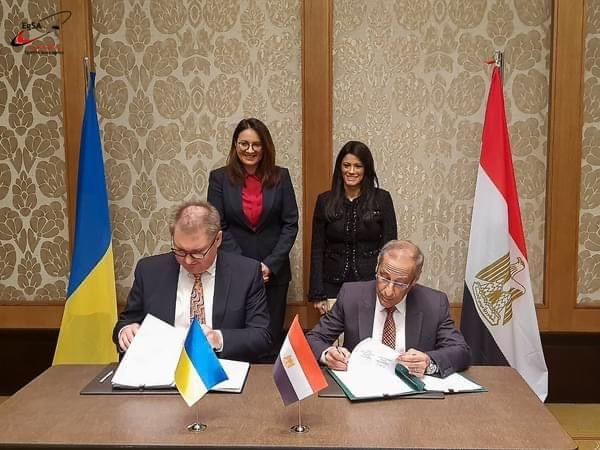
The Egyptian Space Agency (EgSA) has signed a Memorandum of Understanding with the Ukrainian Space Agency. The parties signed the MoU for cooperation in space and the peaceful use of outer space for various purposes. The primary goal is to activate mechanisms for cooperation in space activities, research and exploration for peaceful purposes. The MoU also encourages exchanging knowledge and experience between the two countries and leveraging available human resources and techniques.
The Egyptian Space Agency and the Ukrainian Space Agency signed the MoU through Dr Mohammed Al-Qussi, the Egyptian Space Agency CEO and Mr Volodymyr Tavatai, Head of the Ukrainian State Space Agency. Furthermore, the signature was in the presence of Dr Rania Al-Mashat, Minister of International Cooperation, and His Excellency Yulia Sveredenko, First Deputy Prime Minister of Ukraine and Minister of Economic Development and Trade of Ukraine. The signature also came during the eighth session of the Egyptian-Ukrainian Government Committee.
Another aim the MoU intends to realise is enhancing and facilitating the exchange of visits and bilateral meetings and workshops in various research activities. It also seeks to promote the provision of training and raise the efficiency of Egyptian specialists. The MoU will also help EgSA build capacity in space project management, develop advanced manufacturing techniques for space applications, and other priority hubs for both sides.